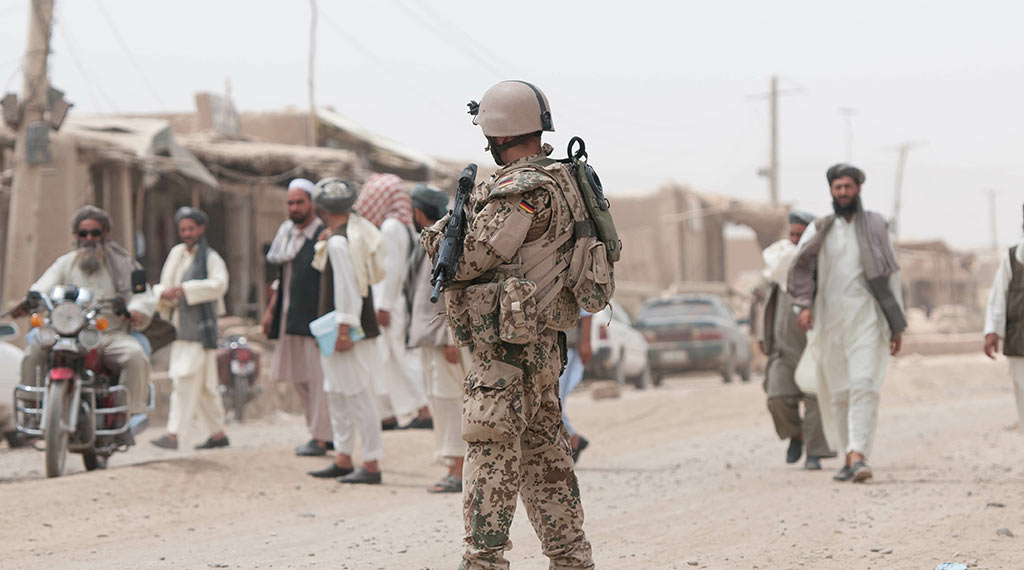
Without the airpower the US Air Force mostly hates, the rapid collapse of Afghanistan was inevitable
There is a great irony in the collapse of US-backed Afghan forces and the success of the Taliban.
While the US officially focused on pulling US troops out of Afghanistan, what we really pulled out was the air power that supported not only US troops, but more importantly also Afghan soldiers.
The irony is that the US Air Force hated the Afghan campaign because the war lacked the kind of targets the US Air Force was designed to strike.
The United States has the most sophisticated and highest tech air force in the world, bar none. The F-22 and F-35, the two flagship fighter bomber and air superiority aircraft, lead the world in stealth and overall capability.
Yet it was the 1970s vintage A-10 and the 1960s vintage B-52 that proved most valuable in Afghanistan, the first because it is a hurtful, close support machine and the other because, in uncontested airspace, it can drop tons of bombs on the enemy – 70,000 pounds or 32,000 kilograms or 35 tons.
The US also used the B-1 bomber, known as the Bone (vintage 1986), to good effect. But the B-1 is mostly grounded because the plane’s airframes are cracking and some of its systems, including fuel pumps, have become leaky and dangerous.
Back in February the Air Force started to retire the B-1s to make way for the forthcoming B-21, which doesn’t fly yet.
The key advantage of the B-1 is speed – if it is lurking in an area it can reach a target flying at Mach 1.2 (921mph or 1,482kph), while the B-52 lumbers along at a maximum speed of 400 mph (644 kph). When you need help in a hurry, the B-1 is more efficient than both the B-52 and A-10.
Click HERE to read more.
- Trump and Ukraine: what Russia wants, what Trump could do - November 8, 2024
- North Korean troops in Kursk could backfire on Moscow, Pyongyang - November 1, 2024
- Secure enclaves: bad CHIPS Act idea wasting billions - August 12, 2024
